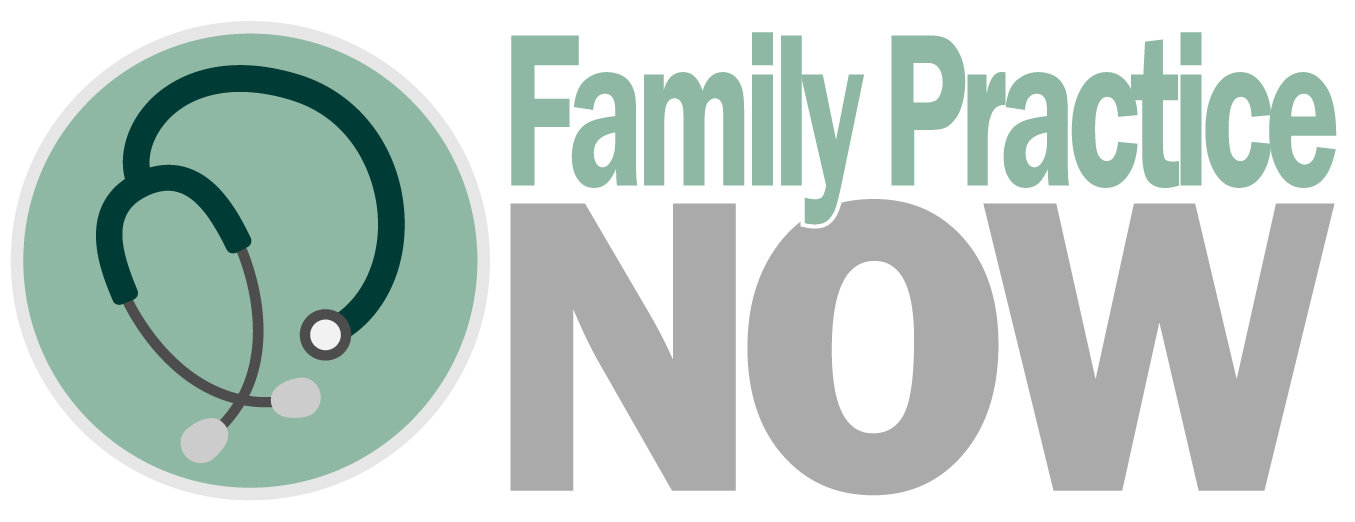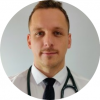Premier - Local Naturopathic Doctor
-
Emergency Medicine
An emergency physician works in an emergency department caring for acutely ill patients. The emergency physician’s role is to assess; treat, admit, or discharge any patient that seeks medical attention at any time of day or night.
-
Treating Emergency Burns
Burns are common injuries seen in the emergency department.Burns can be from very simple injuries to very devastating injuries. They can come from as simple as burning your hands on hot water to a serious burn related to a house fire.
Simple burns tend to be burns that occur or result in redness to the skin or maybe some blistering. First thing to do when you burn yourself is to put your hand or put the extremity under cold water.









